One of the multitude of reasons that I enjoy drinking tea is to share samples with likeminded weirdos people. Sometimes, those samples turn out to be awesome (dude). Sometimes those samples turn out to be the proverbial suck. Every time, however, I have a great deal of fun, and get to talk about tea with my teachums.
All three of the cakes that I tried today really, sincerely, genuinely suck. They suck amazingly. Their suction is so great that I was forced to drink three teas, to try and find a good one. I failed. However, as I wrote above, I had a great deal of fun in the process.
First up: the 2005 "Chengli Jinian" cake (pictured above) from an outfit called the Menghai Gucha Tea Company. The name means, approximately, "establish memory", perhaps referring to the fact that the company was seemingly granted permission to use the "zhongcha" design on their wrappers the just before its production.
This cake is just $14, at Chawangshop. For a seven-year-old cake. Alarm bells are already ringing, before we contemplate the bruised, almost crimson redness of the leaves (shown above and below). It fulfills the primary rule-of-thumb for dodgy companies, being named "Menghai Something Tea Co."
This cake tastes rather like a few samples of tea that I had from an outfit called Teacuppa. They were, like this sample, difficult to identify as being pu'ercha. All flavour has been thoroughly pre-oxidised out of the leaves, hence the colour, as has kuwei [bitterness], complexity, sensation, huigan, etc.
When the third infusion begins to taste disconcertingly of sour coffee-roast, you know it's time to change teas. The wet leaves, pictured below, are nearly scarlet. The memory established by this "establish memory" cake was not in the company's favour. It's probably not aimed at pu'ercha drinkers, however, given its near-wulong style floral notes.
Thanks to JT for the excellent introduction! While it was terrible pu'ercha, it was great fun.
"Hailanghao will taste great", they said. "You'll love it", they said. Oh, foolish mortals...
This is the 2009 "Gaoshanzhai" cake from a brand that I love to hate. Perhaps that's a bit strong: I am mildly irritated by the fact that a company that used to make decent, lo-fi cakes priced at a suitable low price now attempts to market themselves as "premium pu'ercha". They charge stratospheric prices, but the quality is often a bit on the ordinary side.
The leaves, however, look good. Pictured above, the compression is light and the maocha is made of long leaves. Perhaps not obvious from the photograph, but they are tinted towards a rusty red colour. (Rut-roh.)
There were two Gaoshanzhai cakes made by Hailanghao in 2009, supposedly from the same trees. Given the autumnal appearance and limited flavour in the cup, along with the orange colour, I assume I have the later leaves.
Modern technology! While sitting at the teatable, I e-mailed TA to find out if this was indeed the autumnal cake sold by Yunnan Sourcing (for $90). Before the infusion had completed, a reply was waiting in my inbox (pictured below).
This tea does have virtues: it has a long sweetness, it has a vibrancy in the mouth, it has something reminiscent of huigan. However, it has the low, low ceiling of autumnal leaves, and the result is limited and tightly constrained. By the fifth infusion, it is generic and rather boring.
Time to change gear!
I always rely on Xizihao. Yes, they have their unfortunate moments, but they're generally very reliable. This "Laowushan" is the follow-up to their 2010 version, which I found to be pleasant, but a touch "light and delicate" (read: somewhat empty).
The leaves are mighty fine. TA apparently bought this from a local Slovakian outfit named "Longfeng". The maocha is of small leaves, nicely compressed, with a good number of silver, furry tips combined with chunkier basis leaves.
It has a husky sweetness that is rather out-of-place in a Xizihao cake, even for a tea sourced in western Simao (specifically, Zhenyuan County). It does have the savoury character much beloved from that region, which combines pleasantly with a cooling aftertaste.
This tea probably isn't inexpensive; Sanhetang products seldom are. For the presumed high price, this is, like its predecessor, rather watery and, for want of a better word, "empty".
However, it marches on with a "dry" sweetness rather like a decent French wine. Comparison between wine and tea is a heresy (in both directions) in which I don't usually indulge, but here, I think, the similarity justifies the means.
I opened this article by decrying the suction of all three of these cakes and, in fairness, only the first two really suck. The Xizihao has a good sweet finish that causes shengjin [mouth-watering behaviour], while its body has an excellent honeylike tone. Yes, by the eighth infusion it tastes leafy and green, and has collapsed into mundane normality, but it does rather well before it reaches that stage.
Finishing up and tidying away, I raise a cup of thanks to both JT and TA for an excellent session, which was tremendous fun, if nothing else.

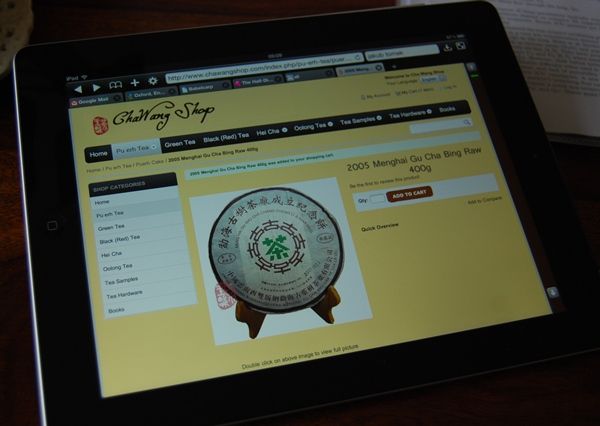
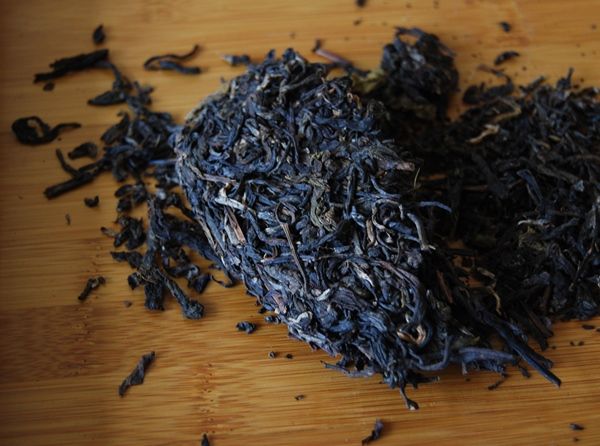
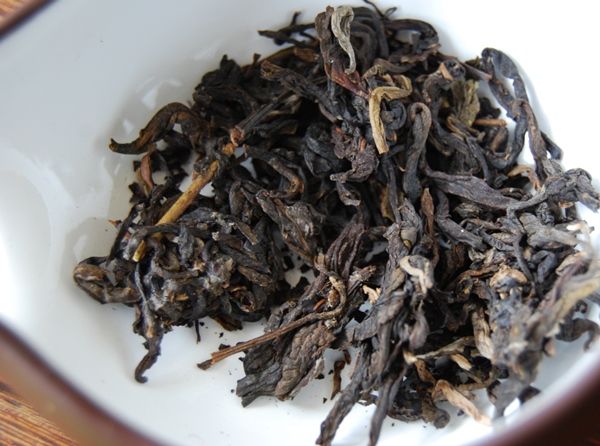
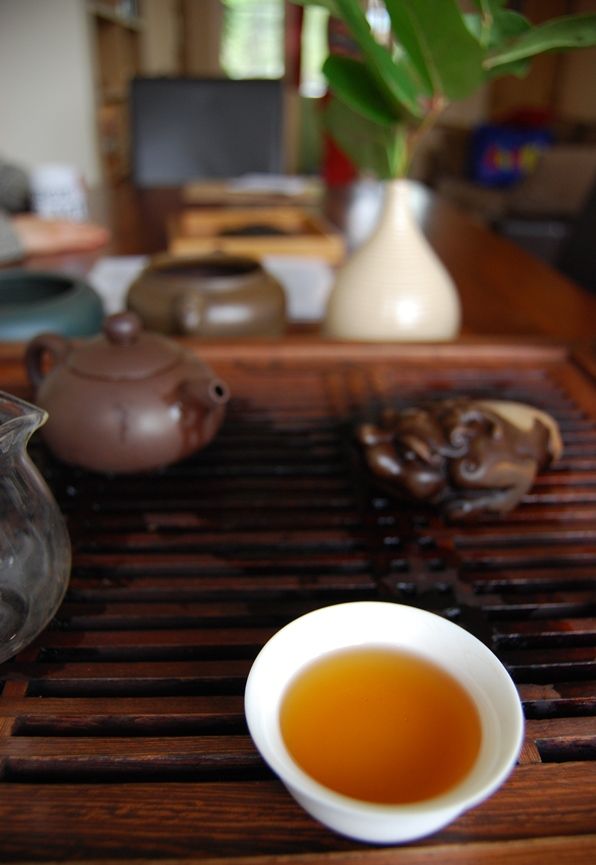

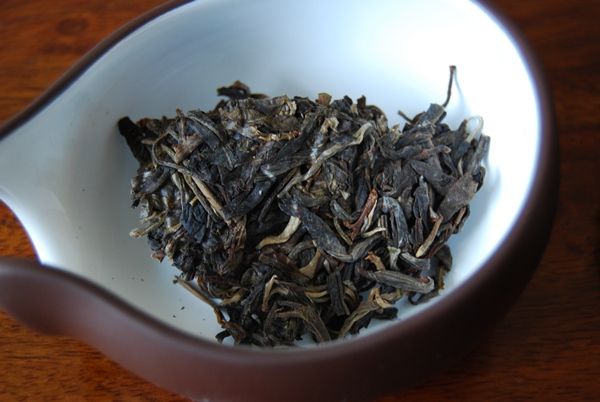

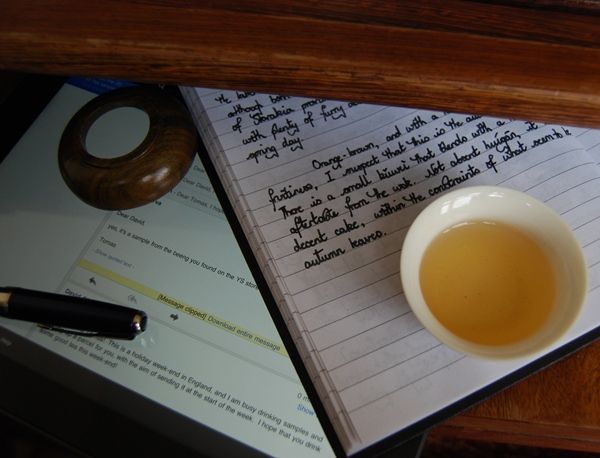
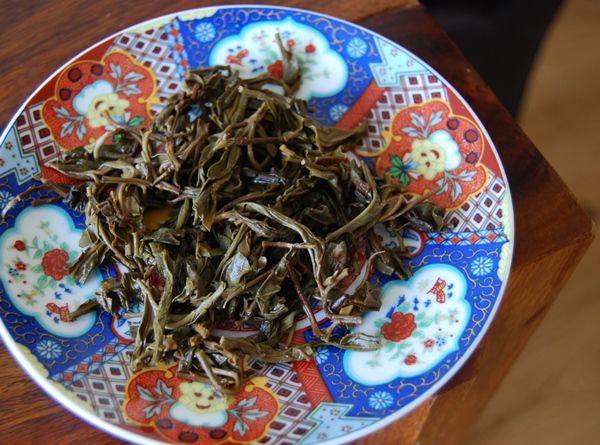

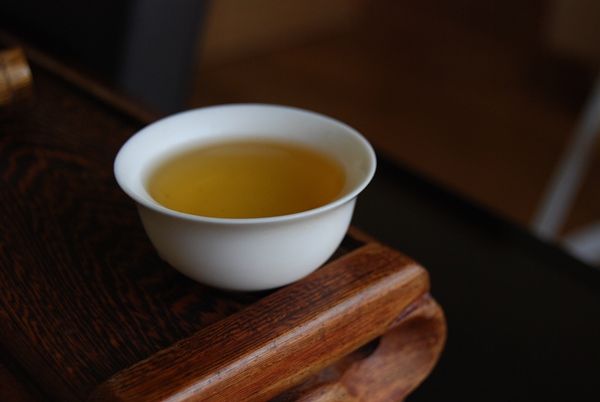

5 comments:
Hello!
I sent the 2005 Menghai thingy to see if you'd consider it red :) But I'm not sure if you just don't confuse regional features with some devilish processing...
I don't think it is really preoxidized or anything like that at all - the darkness of leaves comes from rather fast aging - and what you call redness might come from the Jingmai part of the leaves (I was often confused by Jingmai tasting "red", but when I drank enough Jingmai teas, I came to appreciate that Jingmai feature).
I compared the leaves against some "normal" Bulang 2004 and Jingmai 2005 to see any differences in processing and there weren't any significant ones.
In other words - the tea is not a typical puerh, of course (Bulang + Jingmai is an unusual combination), but I think there is nothing really wrong technically with it.
Sour cofee? Geee, I never got that out of the tea. How did you manage that? :)
All the best!
Jakub
Chengli jinian, here, should actually read Menghai Gushu Chachang chengli jinian bing, which, in totality, means "the cake (created) in commemoration of the establishment of the Menghai Gushu Tea Factory".
Dear Jakub,
If there's a mountain that tastes like overprocessed, empty pu'ercha, then I'd be very surprised. :)
I'm always happy to be surprised! I suspect I won't be, on this occasion.
Jingmai, to me, is one of the most easily-identifiable and "individual" regional flavours. I can safely say that I found absolutely no Jingmaishan characteristics in this rather grim, overdone cake. :)
It's always fun to try them, though! As I mentioned in the article, I haven't had one that bad since the "TeaCuppa" tasting, some years ago.
Kind regards,
Hobbes
Dear Marshaln,
Thanks for the addition.
Toodlepip,
Hobbes
I don't think it's really bad. Or bad at all. "Bad" and "not to my taste" are quite different things (although people often use the former, meaning the latter).
I think that the difference from usual ways of puerh may be a problem here. With my teachums who don't drink much puerh, about 90% like this one, while the people who drink puerh a lot are like 60% liking it and 40% saying it's strange.
I'm not trying to convince you that it's good - if you don't like it, that's perfectly allright - I just don't think it is bad in absolute measures. The hollowness/emptiness is the largest problem of it, I agree, but that's, in my opinion, just a result of some not-so-awesome part of leaves and is easily fixed by addition of another full-bodied tea with little taste (CGHT's 2006 Yecha is my candidate here) - the blend then has the good (for me) tastes of the Menghai Gucha (I like this honey style of Bulang), while having the good body of the Yecha.
Besides, there is some proportion of old leaves which feels nice and that is not bad for $14.
Jakub
Post a Comment